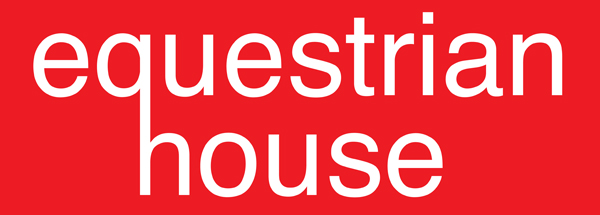Description
The Busy Buddy (horse pacifier) is the ultimate relaxation tool for horses!
Developed for all horses, young and old, here are just a few things the Halter Busy Buddy and the Bridle Busy Buddy can do. Both provide instant drug-free relaxation!
The Busy Buddy horse calmer is the perfect way to encourage your horse to relax in a variety of situations without having to use supplements, medications, or techniques such as twitching.
How the Busy Buddy for horses works
Historically we work our horses until they relax. Now we can relax our horses and then begin work.
When horses are relaxed we can see gentle chewing, licking, or saliva which looks like foam. Properly activating the jaw generates relaxation throughout the horse’s entire body and brain.
The Busy Buddy stimulates the relaxation process in all horses. We believe this is the most profound product for the health and well-being of horses introduced to the equestrian world.
Bridle Busy Buddy:
Is specially designed to be used with a bridle and a bit.
- Young horses learn to relax and “chew” when introducing the bit.
- Older horses relax their top-lines faster when warming up.
- Entertains your horse while standing around at horse shows.
- Relaxes them on trail rides for a better experience.
- Lunging in a bridle? Add the Bridle Busy Buddy for more relaxation.
Bridle Busy Buddy arrives with 2 different attachment styles. We have found the position of the Busy Buddy can have a large effect. Some horses respond really well to the higher position (with the S hooks) and some like it lower. Play around with it and discover where your horses’ sweet spot is!
Try this amazing new horse relaxation tool today!
Made of industrial, hospital-grade Latex tubing, ThinLine bit guards, elasticized rope, and 2 clips for the Halter Busy Buddy or two rings, S hooks, and Velcro for the Bridle Busy Buddy.
Fit:
The Busy Buddy should fit loosely in the horse’s mouth, it should not pull the corners of their mouth. Find the position where they begin to chew.















